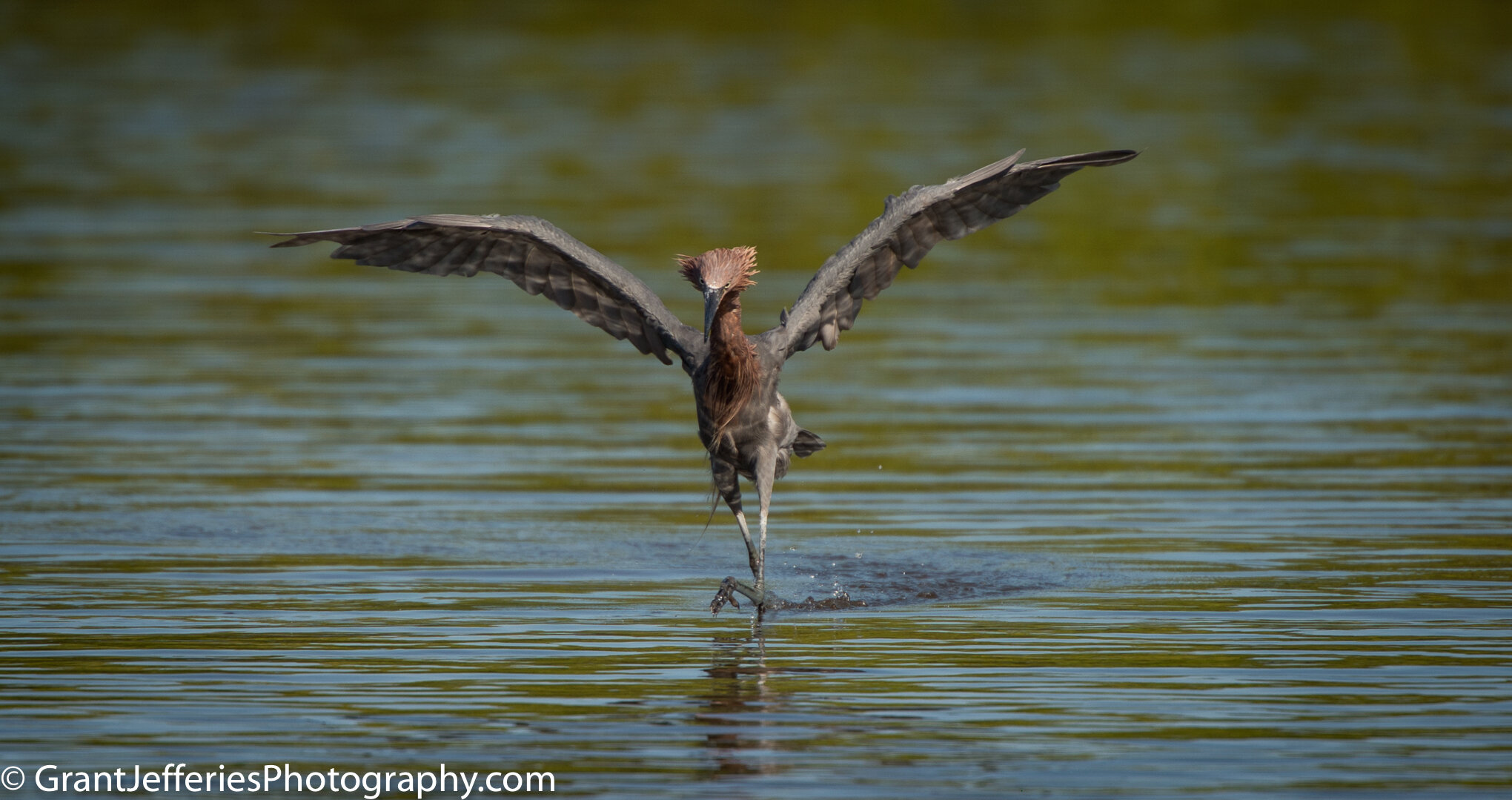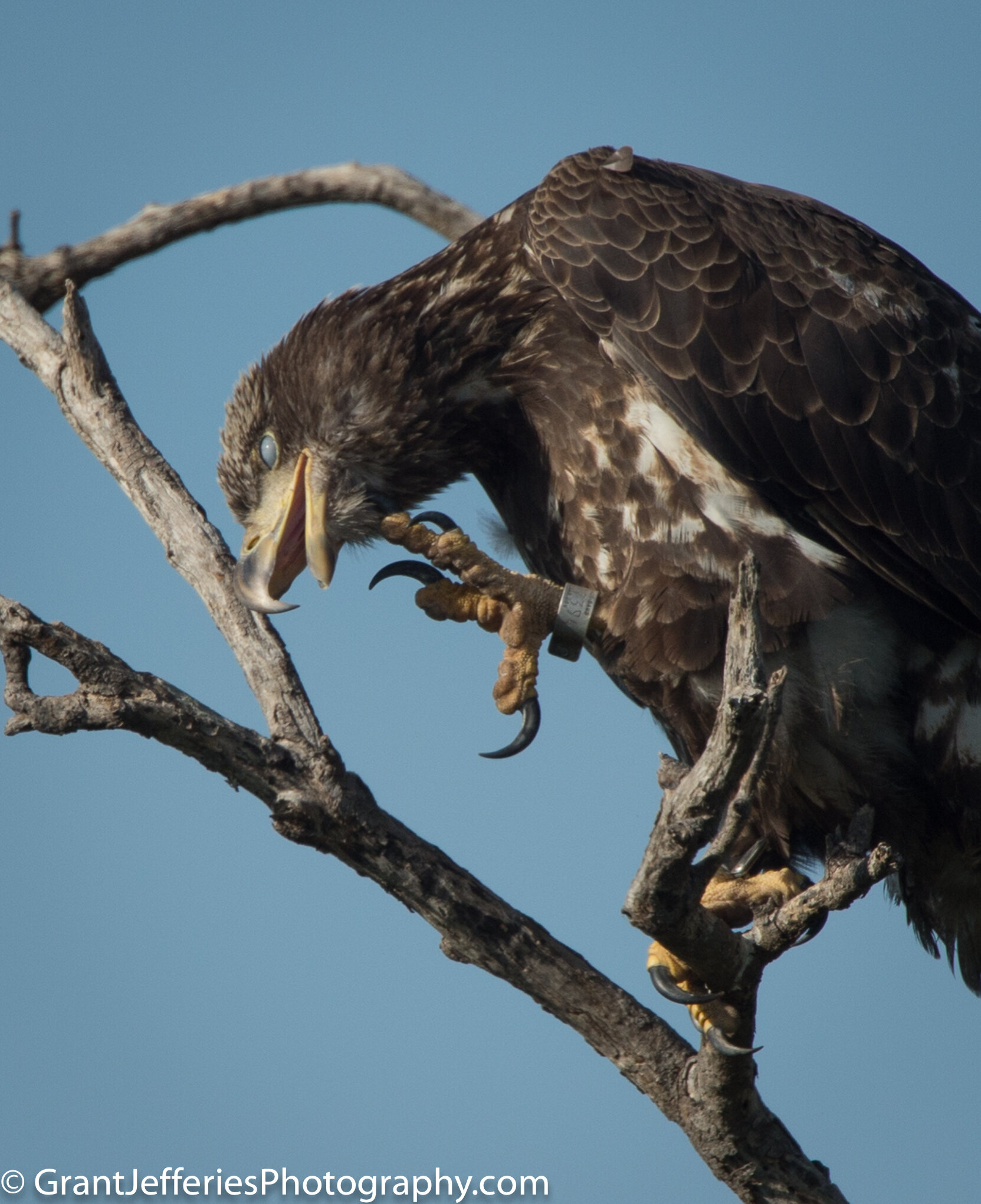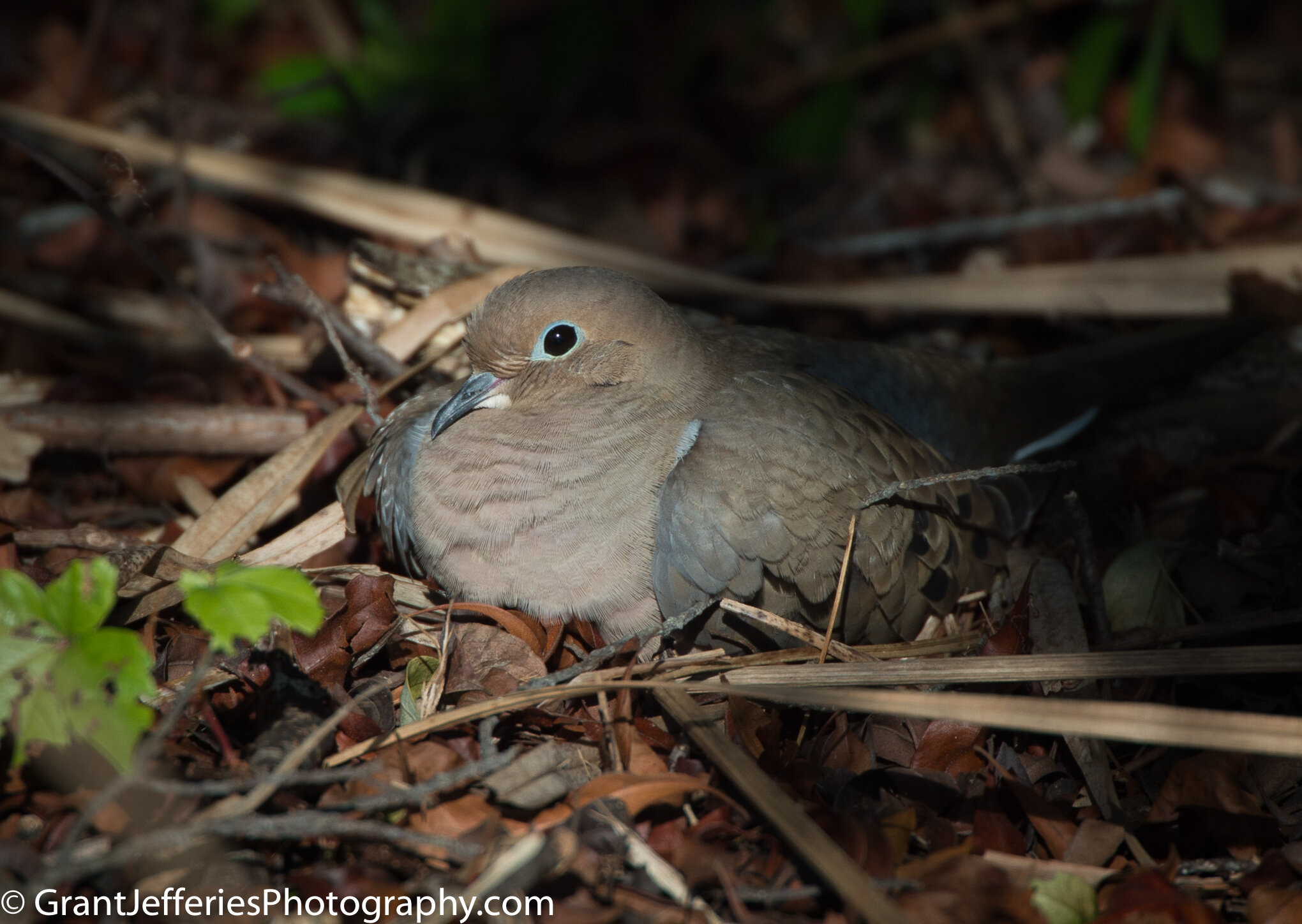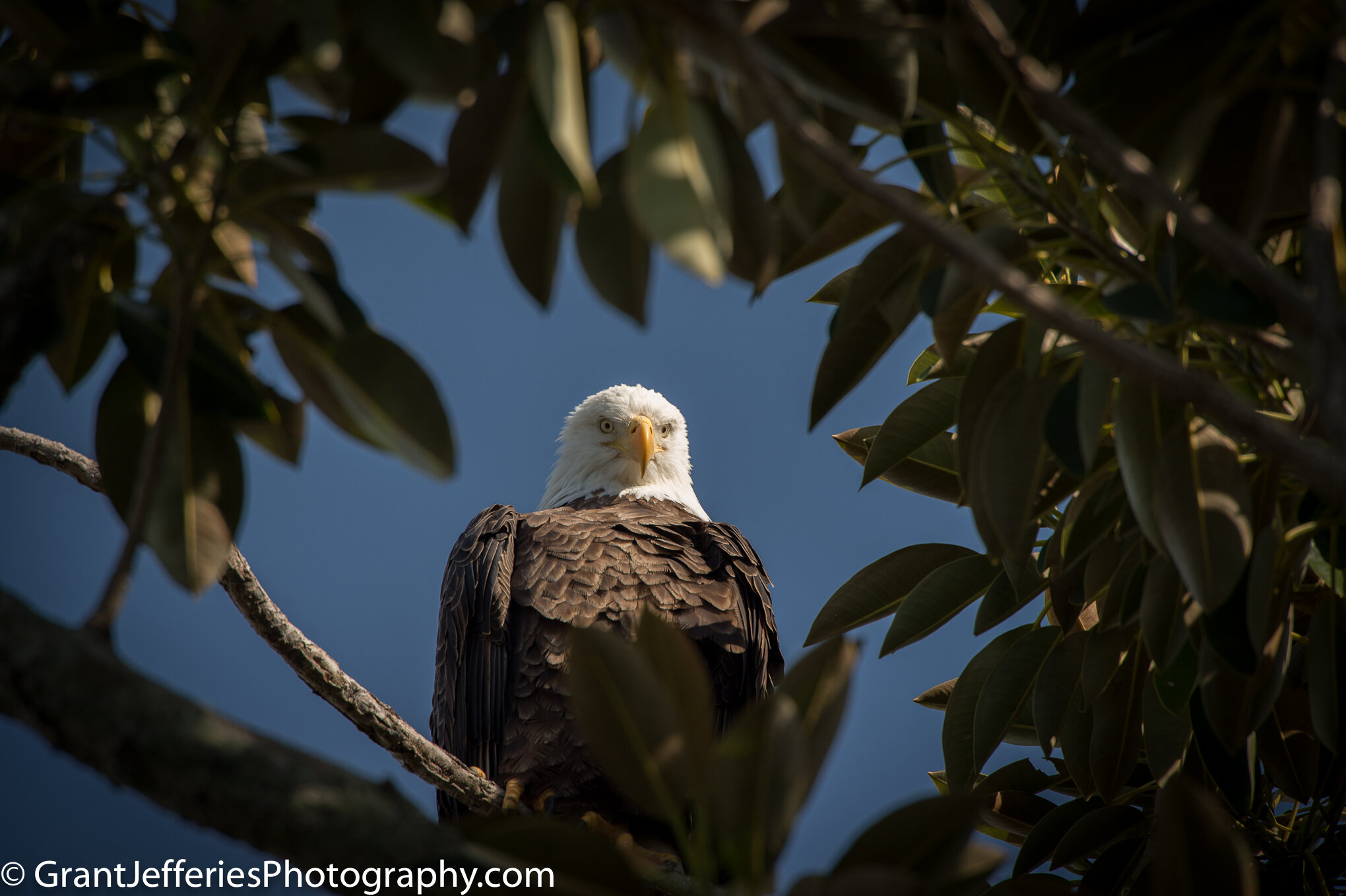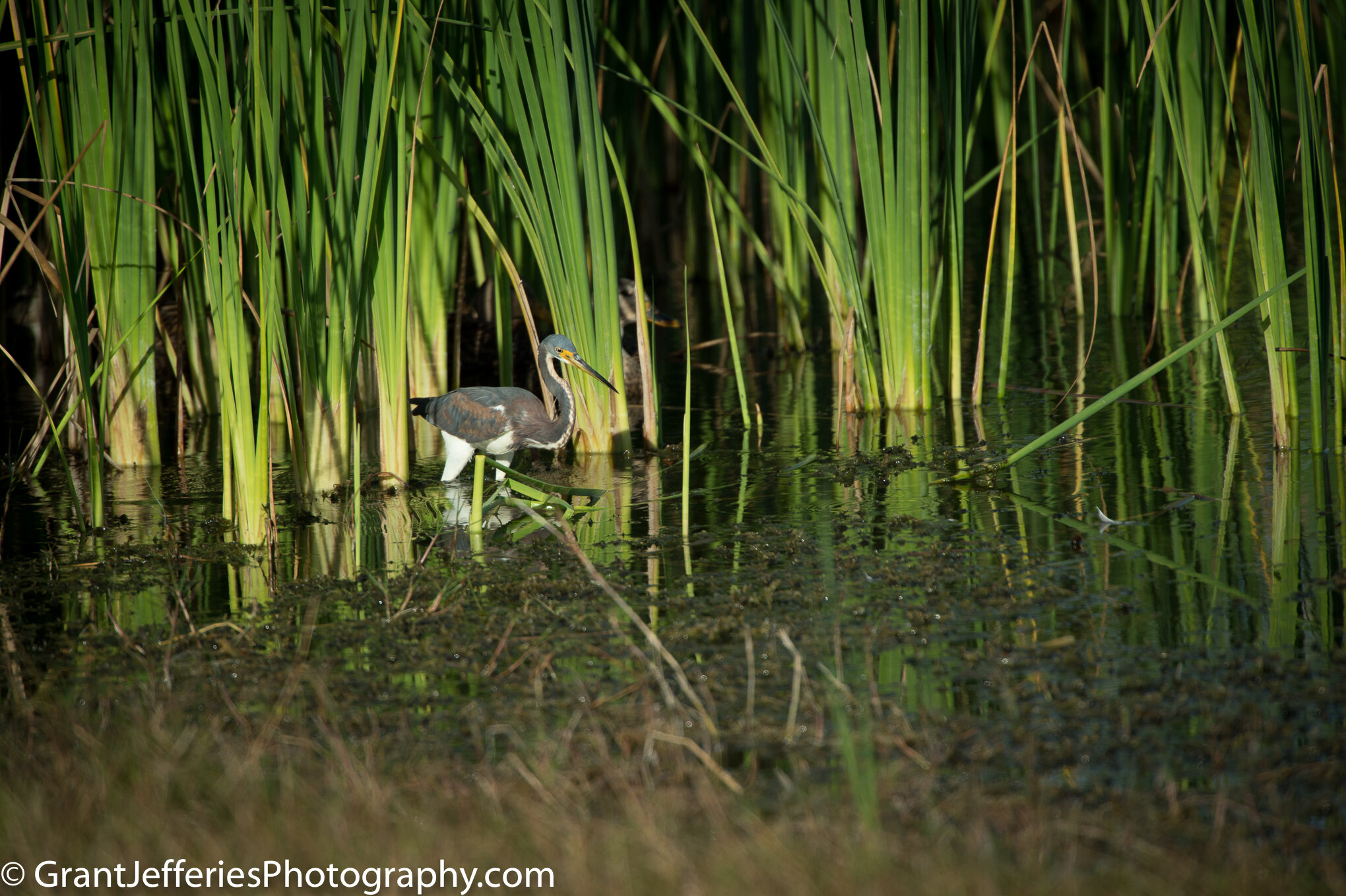Walking through Robinson Preserve this morning I caught some amazing scenes of wildlife. I saw an otter eating a fish, blue heron trying to steal a fish from an anhinga, osprey fishing, a juvenile bald eagle and one of the adult bald eagles. Those scenes made me grateful for the preserve and the county’s efforts to save that land for wildlife, even as houses are going up all around the preserve. But seeing all that wildlife made me wonder whether people think that there’s wildlife here, so we must be ok. There’s plenty.
There is a good amount of wildlife concentrated in this one area, but it’s not enough to sustain all of these different animals — to allow them to have genetic diversity and to thrive for generations. Florida and its counties and cities need to continue conserving land if we want to have a healthy environment with diverse plant and animal species.
We are fortunate to have a couple of reddish egrets living in Robinson Preserve. They are the rarest egrets in North America and are among the rarest birds in North America and they continue to struggle to survive. They need places to live — and they need a variety of places, because not all habitats are always healthy enough or large enough to sustain these populations. Earlier this month, two reddish egrets tagged as part of a research project on the dwindling species, died from likely red tide poisoning in the Ding Darling Wildlife Refuge on Sanibel, according to WUSF public media.
On the way to Robinson Preserve, I heard a news story that Pasco County is spending nearly $22 million on its largest-ever environmental land purchase, preserving two critical wildlife corridors in an area that is rapidly developing. The property is near the southeastern corner of the Suncoast Parkway and State Road 52 in Land O’ Lakes.
The North Florida Land Trust recently completed a deal to purchase Fish Island in St. Augustine. The State of Florida owns Fish Island, 57-acres on the Intracoastal Waterway immediately adjacent to the 312 Bridge onto Anastasia Island. The City of St. Augustine will manage the property. Fish Island is described as a healthy maritime hammock forest. It’s preservation also is designed to help avoid water quality impacts to the Matanzas River. St. Augustine’s Vice Mayor Leanna Freeman spent about 14 years working to protect Fish Island and called the acquisition a gift and investment from Floridians to future generations. “Preserving this land is the right thing to do in this time of rapid development and growth,” she said.
The Florida Department of Environmental Protection purchased an additional 717 acres within the Wakulla Springs Protection Zone Florida Forever project. This acquisition protects the springs and the land that feeds Wakulla Springs, one of the largest and deepest artesian springs in the world. The property also protects the Floridan Aquifer, according to the Florida DEP. The aquifer recharges are essential to water quality and quantity at Wakulla Springs and the Big Bend Seagrasses Aquatic Preserve along St. Marks River shorelines in Apalachee Bay. This is vital to Florida’s residents, as well as its wildlife.
This is all good news. Florida is working toward conserving land and wildlife, but development continues to happen at a faster pace than conservation. These are just small parcels set aside for wildlife compared to the size and number of developments, which also requires roads, schools, shopping centers and other infrastructure that takes up even more space and erodes the quality of our natural environment.
Places like Robinson Preserve are a gift and the scenes there are a daily reminder of that gift. But if we are serious about conservation we should all continue to push for more protections. Without this kind of conservation, we may lose the reddish egret all together.

